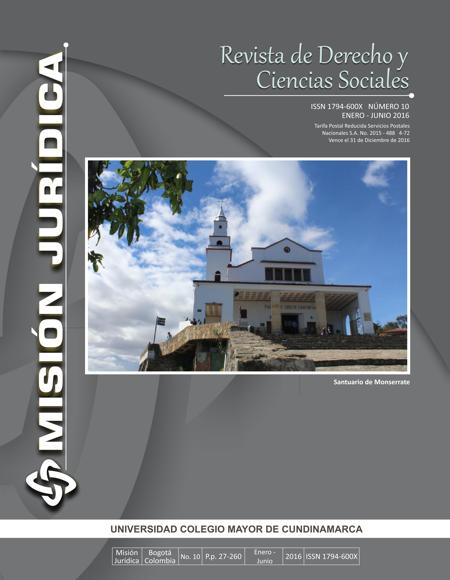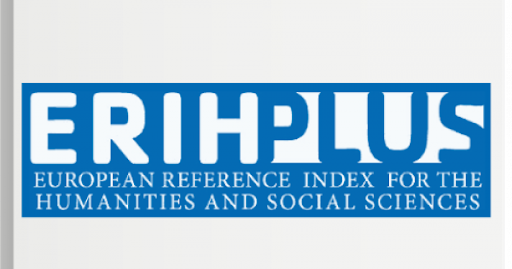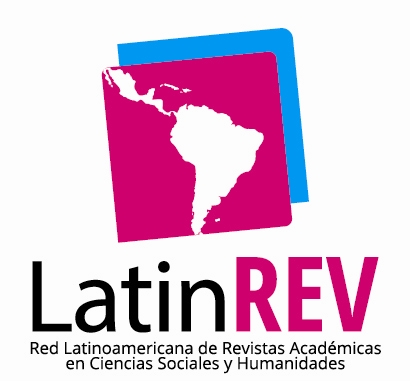VIOLATIONS OF HUMAN RIGHTS, USE OF CHEMICAL WEAPONS AND THE PHENOMENON OF “NON-STATE ACTORS”: A REFLECTION ABOUT THE U.N. SECURITY COUNCIL RESOLUTIONS RELATED TO SYRIA
Violations of human rights, use of chemical weapons and the phenomenon of “non-state actors”: a reflection about the U.N. security council resolutions related to Syria
Mostrar biografía de los autores
The study suggests a reflection on the UN Security Council resolutions issued between 2013 and 2015 about the conflict in Syria. It offers a critical analysis of the various issues covered by the Security Council, mainly the related to the violation of human rights, the use of chemical weapons and terrorism. The analysis takes into account the main doctrinal theories of international law related to the three main arguments treated with a reflection oriented to the analysis of the phenomenon of “non- State actors” playing on the Syrian scenario. Those actors, which have been firstly considered as internal rebel groups, secondly treated as terrorist groups, escalated in the last period of the conflict into a peculiar entity which threatens the international community acting as a “para-State” searching for a dangerous sort of legitimation. In view of this risk, the response of the UN Security Council has been uncertain so far and paved the way for new and serious challenges for the international community which are highlighted by the article.
Visitas del artículo 277 | Visitas PDF 216
Descargas
- • Avenia, C. (2014). Il conflitto in Siria: spunti di riflessione ed analisi critica. Ordine Internazionale e Diritti Umani, 3/2014, 709- 755.
- • Bannon, A.L. (2006). The responsibility to protect: the UN World Summit and the question of multilateralism. Yale Law Journal, 115.
- • Best, G. (1980). Humanity in warfare. New York: Oxford University Press, VI- 400.
- • Best, G. (1994). War and Law since 1945. New York: Oxford University Press V-456.
- • Blake, J., Mahmud, A. (2013). A legal red line? Syria and the use of chemical weapons in civil conflict. University of California Law Review, 61/ 2013, 256-257.
- • Blewitt, R. (2013 December), The United Nations in Syria and the responsibility to protect. Caribbean Journal of International Relations and Diplomacy, 1 (4), 39-47.
- • Bothe, M. (1978). Conflits armés internes and droit international humanitaire. Revue Generale de Droit International. 82, 92-93.
- • Cadin, R. (2014). Il Consiglio di Sicurezza torna a legiferare nella risoluzione 2178 (2014) si “combattenti terroristi stranieri”. Osservatorio sul consiglio di sicurezza ed i diritti umani n.4/2014. Ordine Internazionale e diritti umani.
- • Casey Maslen, S. (2013). Weapons under international human rights law: London, Cambridge University Press, X-613.
- • Cassese, A. (2005). International Law. New York: Oxford University Press, V-529.
- • Clapham, A. (2006), Human Rights obligations of non- State actors. New York. Oxford University Press, XV-601.
- • Clapham, A. (2006). Human Rights obligations of non-State actors in conflict situations. International Review of the Red Cross. 88 (863), 491-523.
- • Conforti, B. (2006). Diritto Internazionale. Napoli: Editoriale Scientifica, V-405.
- • Crawford, J. (2012). Brownlie’s Principles of Public International Law. New York: Oxford University Press, VI- 775.
- • De Shutter, O. (2014). International Human Rights Law. London: Cambridge University Press, XI- 1041.
- • Dupuy, P.M., Kerbrat, Y. (2012). Droit International Public. Paris: Dalloz, VII- 919.
- • Ebbesson J.(ed.) (2014), International Law and changing perceptions of security. Liberamicorum Said Mahmoudi, Leiden: Brill Nijhoff, XI- 350.
- • Evans, M.D. (ed.) (2006). International Law. New York: Oxford University Press; 3- 825.
- • Fisher, H., Froissrt, U., Heintshel Von Heinegg, W., Rapp, C., Crisis management and humanitarian protection, Berlin: Wissenshaft Verlag XI-382.
- • Fleck, D. (ed.) (1995). The Handbook of Humanitarian Law in armed conflicts. London: Oxford University Press, XI- 585.
- • Glanville, L. (2010). The international community’s responsibility to protect. Global Responsibility to Protect, (2), 287-306.
- • Green, L.C. (2000). The contemporary Law of armed conflicts, Manchester: Manchester University Press, V-416.
- • Moeckli, A. (ed.) (2010). International Human Rights Law. New York: Oxford University Press, XXVI- 643.
- • Moir, L. (2002). The law of international armed conflicts. London: Cambridge University Press, VII- 298.
- • Moir, L. (2008). The historical development of the application of Humanitarian Law in non-international armed conflicts to 1949. International and Comparative Law Quarterly, 337, 353- 361.
- • Monaco, R. (1960). Manuale di Diritto Internazionale Pubblico. Torino: UTET, XX-639.
- • Panebianco, M. (2010). Manuale di Diritto Internazionale Pubblico. Napoli: Editoriale Scientifica, XI- 540.
- • Schmitt, M., Pejic, J. (2007) International Law and armed conflicts: exploring the faultlines. Essays in honour of Yorim Dinstein. Leiden: Nijhoff, VII- 640.
- • Shaw, M. (2008). International Law. London: Cambridge University Press, 3- 825.
- • Sinagra, A., Bargiacchi, P. (2009). Lezioni di Diritto Internazionale Pubblico. Milano:Giuffre’, 1-645.
- • Sivakumaran, S. (2012). The law of noninternational armed conflicts. New York: Oxford University Press, XIX- 619.
- • Stahn, C. (2013). Syria. Security Council Resolution 2118 (2013) and peace versus justice: two steps forward, one step back. European Journal of International Law, Vol. 24, n.3, 2013.
- • Tomuschat, C. (2014). Human Rights between idealism and realism. New York: Oxford University Press, XVII- 391.
















